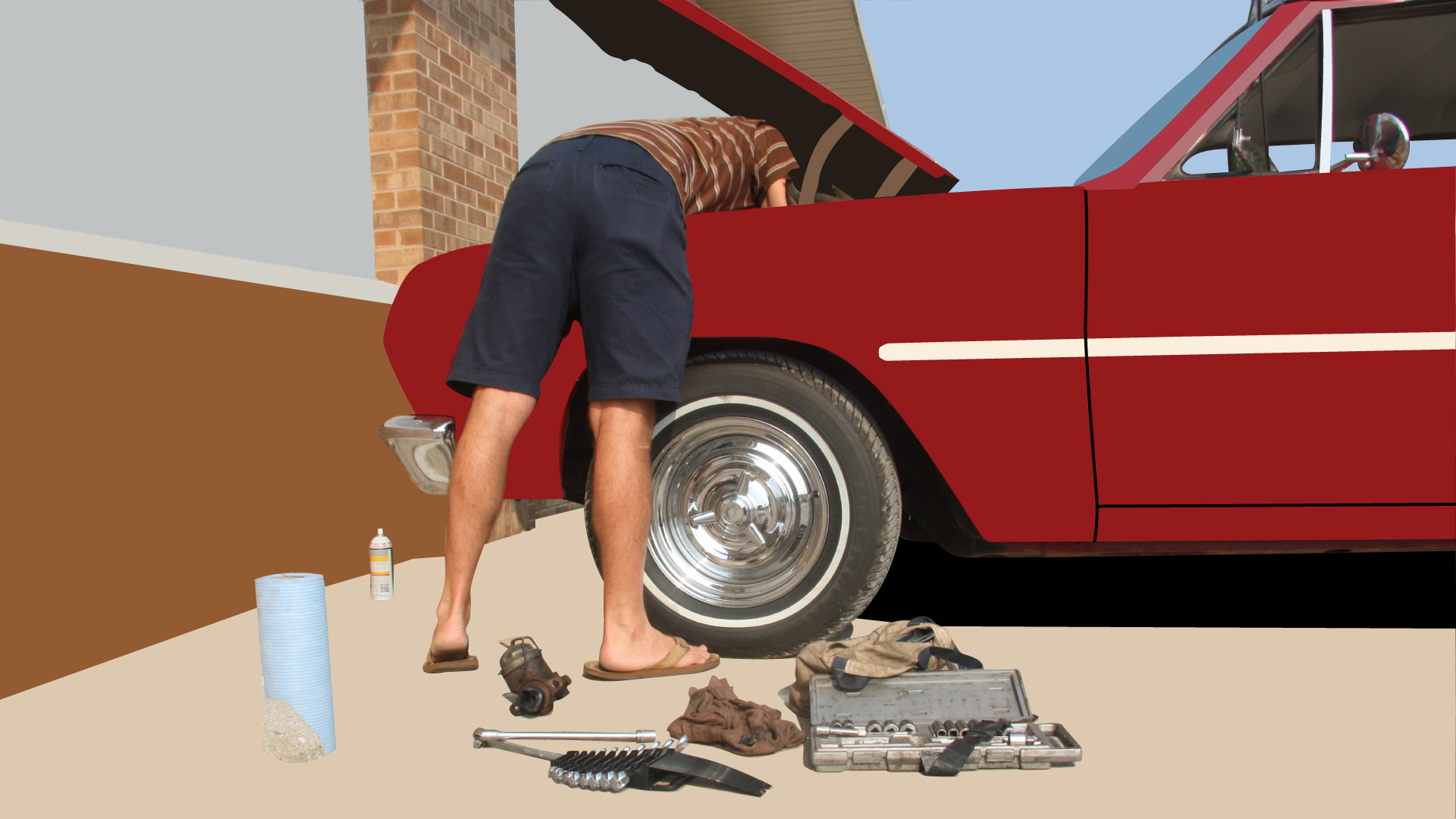

We may earn revenue from the products available on this page and participate in affiliate programs. Learn more ›
For those of us so bold as to wrench on our own cars, there always comes a time when things need fixing (for some of us, that’s more often than for others). While your first impulse may be to run down to the local auto parts chain and get the cheapest stuff on the shelf, that may not be your best course of action. From many years of experience doing just that, I can tell you that money saved now can equal time wasted later.
So here’s are some guidelines on how to go about shopping for aftermarket repair parts.
1. Bundle Tasks: For starters, it’s always better to fix related parts all at the same time than to fix one little thing and end up having to re-do it later. For example, if a CV axle (that’s the flexible, rubber-booted half-shaft on front-wheel drive and IRS cars) craps out on you because the rubber boot tore and grit destroyed one of the constant velocity joints, you might also consider replacing ball joints, struts and brake parts at the same time. Same thing goes for engine parts that require partial teardown of the engine. Sure, the holistic-mechanical approach might cost you more in the short term, but you’ll save time and hassle in the long run.
2. Beware of Deep Discounts: Many of the chain auto parts stores offer discounts of 15 and 20 percent off online orders. That sounds great, and maybe it is if you plan on unloading the car after you fix it (it’ll be tip-top at that point, after all). But consider the source of these parts. It’s almost impossible to find out which companies manufacture the generic store-branded parts the chains sell for the most reasonable prices. Napa can usually tell you who makes the parts bearing their stamp (for example, I bought a pair of Napa struts, which they informed me were made by Monroe, a reputable manufacturer). Parts from Advance Auto Parts, Autozone, Pep Boys, O’Reilly’s and the like can be inexpensive to buy, but I’ve had them fail (pretty consistently) after only a couple years of regular use. Consider the longevity of the parts the vehicle came with from the factory—many of those were designed to last 15-20 years.

3. Consider the Difficulty of Labor: If you’re short on cash and need to replace a part that’s easy to access and change, perhaps the cheap chain store part is your best bet. Chances are good that it will last for at least a couple of years (although I’ve had some bad luck with Autozone alternators), and these stores typically include a pretty good warranty with their parts. In other words, if the part breaks a year or two later, they’ll usually replace it, no questions asked. (I’ve personally churned through a good number of alternators, ball joints and CV axles this way.) But if a part is something more difficult to replace—like an in-tank fuel pump or the timing belt tensioner on a front-wheel drive car with impossible-to-access timing cover bolts—do yourself a favor and spend the extra scratch on parts more likely to last a while. You don’t want to do those jobs again and again.

4. Do Your Research: Let’s say you need to buy a radiator. Don’t just go out to O-Reilly’s and buy the cheapest one they have (unless you want to spend another weekend day sometime down the line unfastening greasy electrical connectors and looking for a place to dispose of old antifreeze). Hop on the old Google and see what the Internet has to say about which brand works best. I should mention, though, that you can’t believe everything you read on the Internet. Like the president-elect’s tweets, forum posts and customer reviews should be fact-checked, or taken with a grain of salt to say the very least. But if you spend a few minutes wading through user comments, you can usually infer a pattern that will indicate which product is less likely to fail than the others.

5. Consider the Vehicle You’re Repairing: Is it an ’02 Toyota Tacoma or a ’72 Olds Cutlass? The year, make and model can make a big difference in the availability of good parts, and from which source they can be obtained. I own a ’74 Olds and in some cases, the repair parts I’d otherwise buy from Summit Racing or another quality vendor are the same brands Autozone sells. So I go for the retailer with the biggest discounts in that case. My ’87 Subaru, on the other hand, usually wants dealer parts. The ones chain stores still have in stock (even by special order) often look like they’ve been sitting under a tarp in the desert for 12 years, because nobody drives those cars anymore. The newer or more common the vehicle, the more likely you’ll be to find quality aftermarket parts for it.
Keep in mind that there are times when you’ll find that the chain store parts are as good as any others on the market. And generally, it’s best to get everything you’ll be replacing from one source, so as to reduce confusion if you do end up having to return warranty parts. But if you can handle a little mix-matching, you might actually be able to take advantage of internet order discounts blended with dealer part quality.
Again, it all boils down to what your time is worth to you. You can always fix failed parts with free replacements, but how long do you want to spend doing that?
